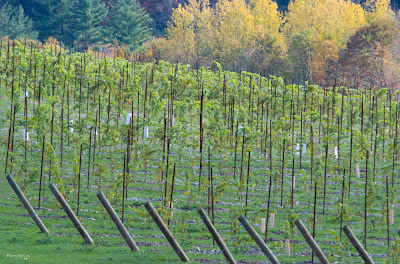
MICHAEL CROUSER: "I have spent quite a bit of time considering the concept of personal voice in photography and how it is developed. It is difficult to articulate, and many elements contribute to this end, but I believe that the ideal is to make pictures that feel like oneself. These are pictures that are a fair representation of what you're most comfortable looking at and putting out into the world as a representation of yourself - an extension of yourself and your voice. This comes from conscious and unconscious choices you make in lighting, media, equipment, perspective and choice of subject."
SUSAN SONTAG: "And while the tasks of connoisseurship in painting invariably presume the organic relation of a painting to an individual body of work with its own integrity, and to schools and iconographical traditions, in photography a large individual body of work does not necessarily have an inner stylistic coherence, and an individual photographer's relation to schools of photography is a much more superficial affair."
ALFRED HITCHCOCK: "Style is self-plagiarism."
PHOTOGRAPHER'S DIARY: The question addressed in the three quotes above continues to puzzle me as I review photos and prepare them for posting or for exhibit. It plays little part in my thinking as I shoot. However, it's clear that certain places and ways of seeing and of shooting hold an attraction for me which may be personal. You may recall seeing this facade in an earlier photo. One can often tell a Rembrandt portrait from a Hals portrait without help from the signature. The same may be true of certain portrait photographers, but after making the distinction I'm not certain we know as much about the passions of the photographers as we do about the passions of painters?






















